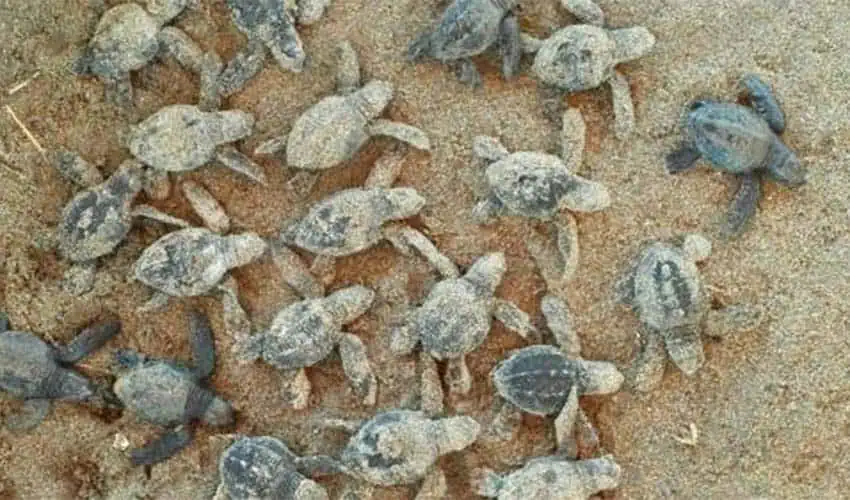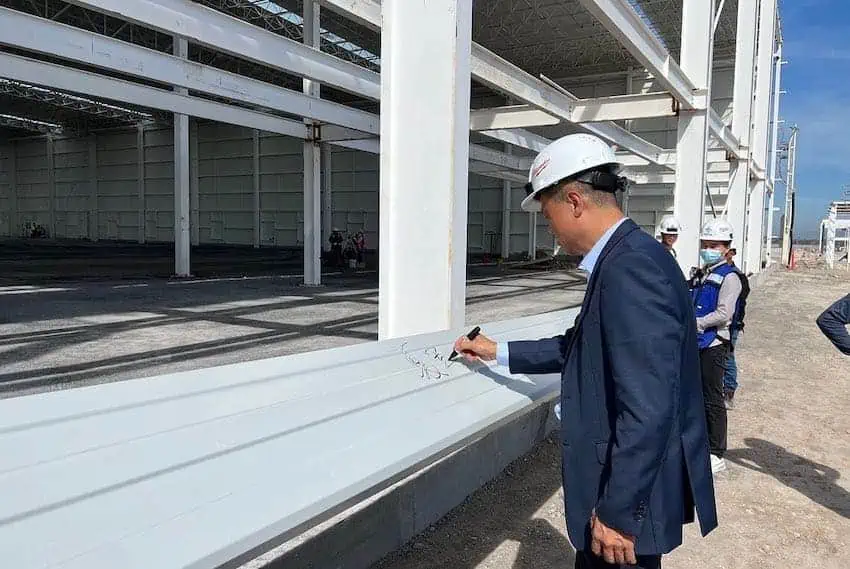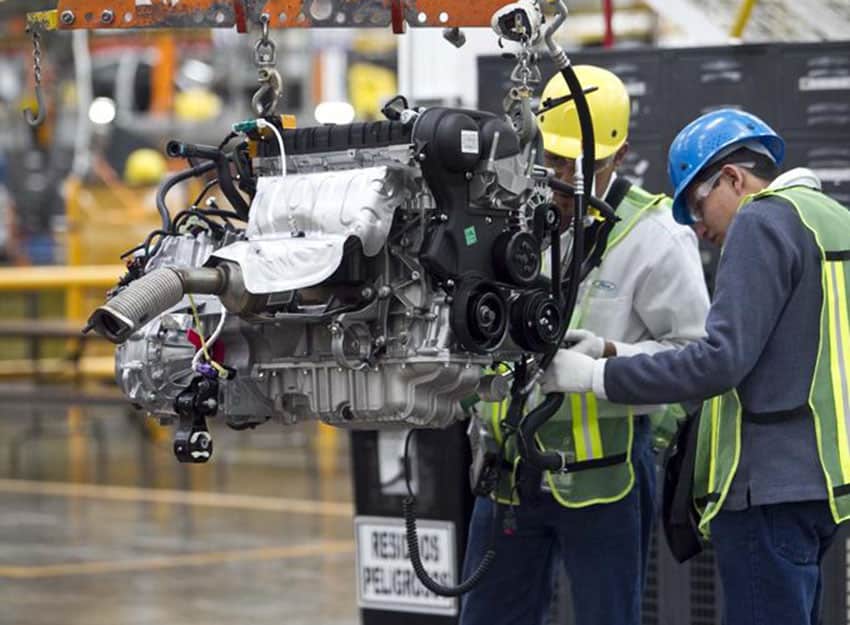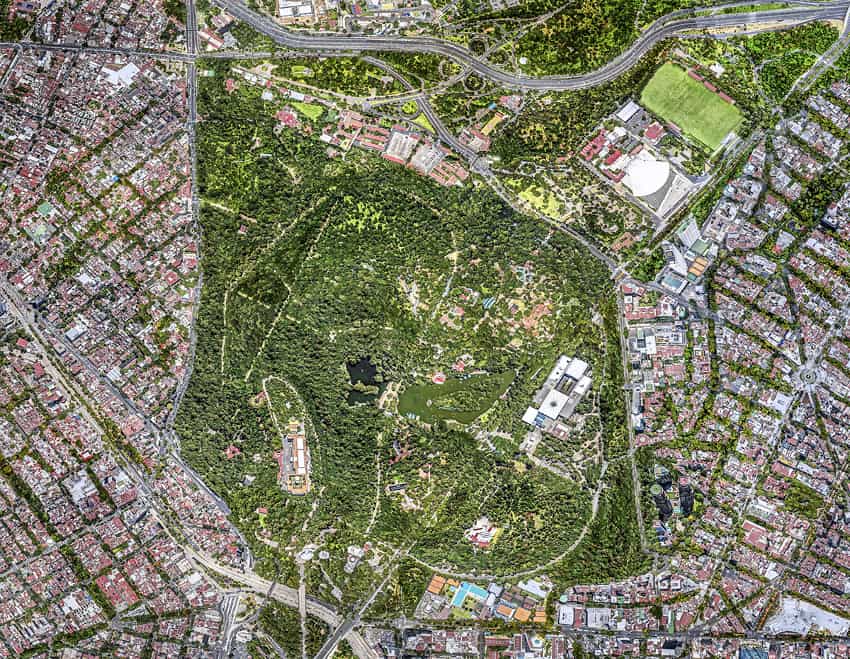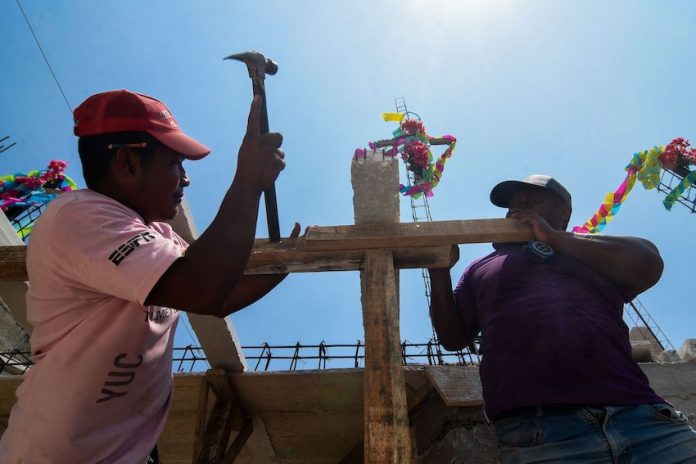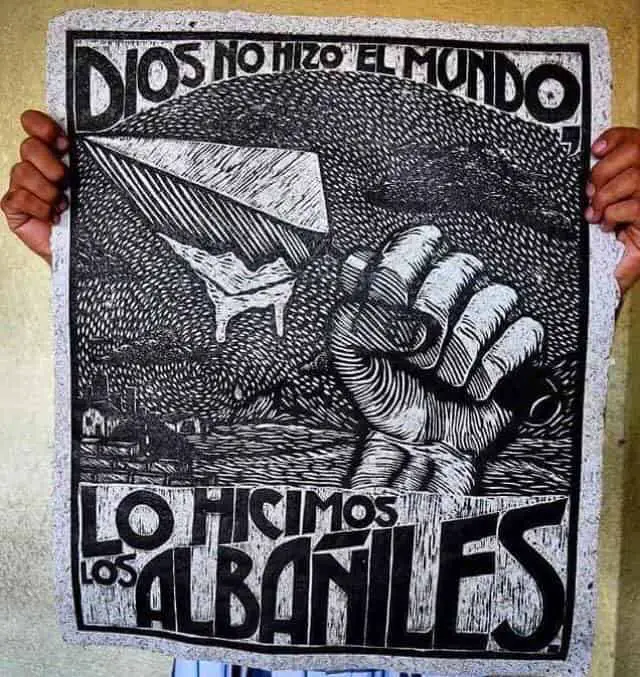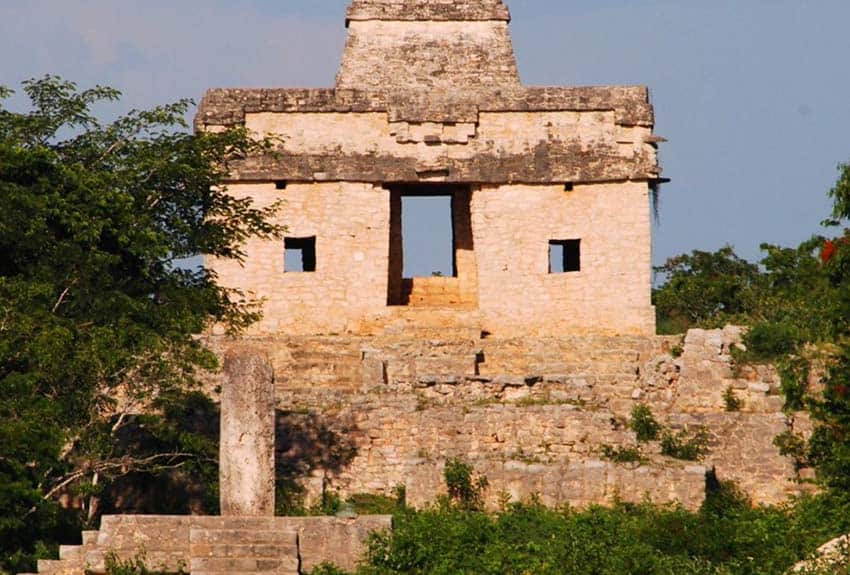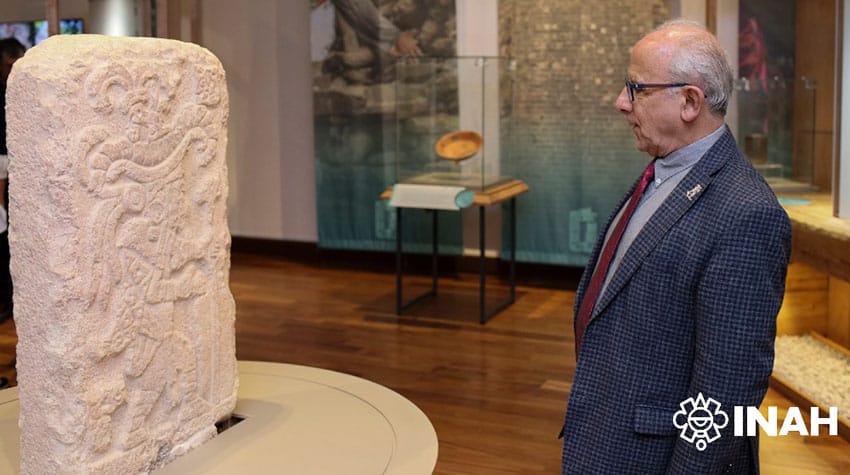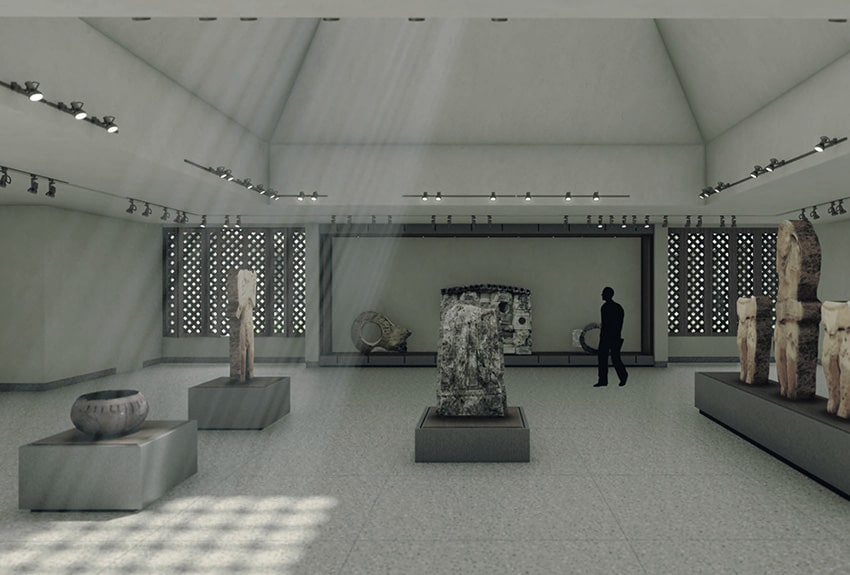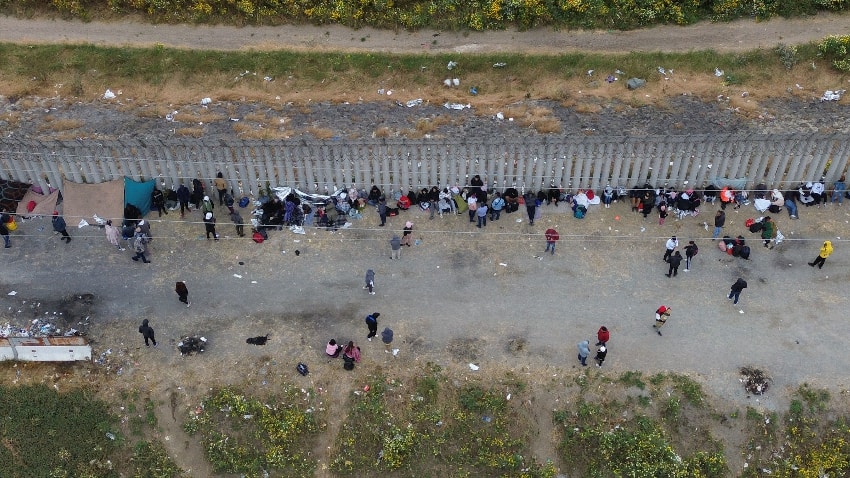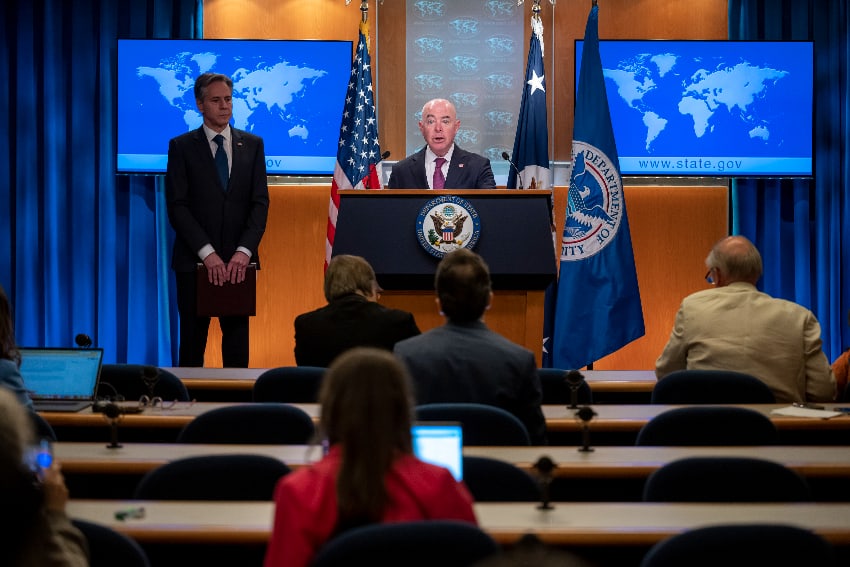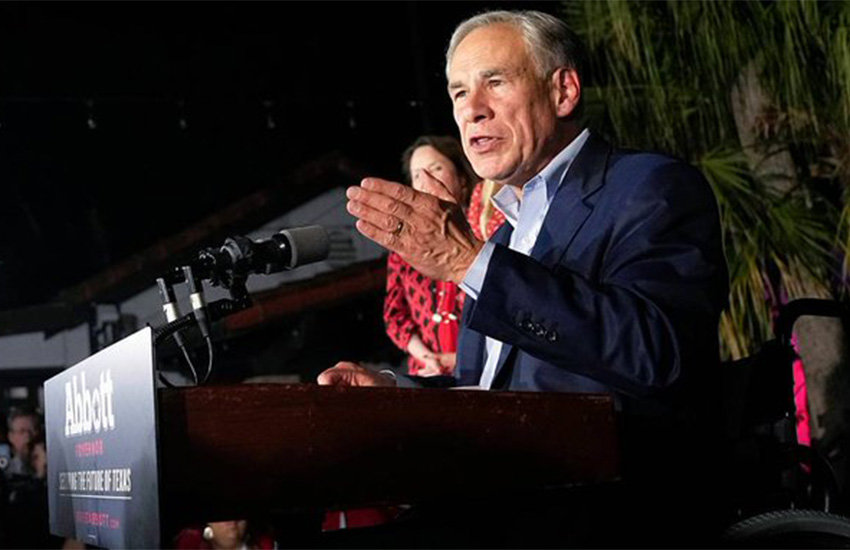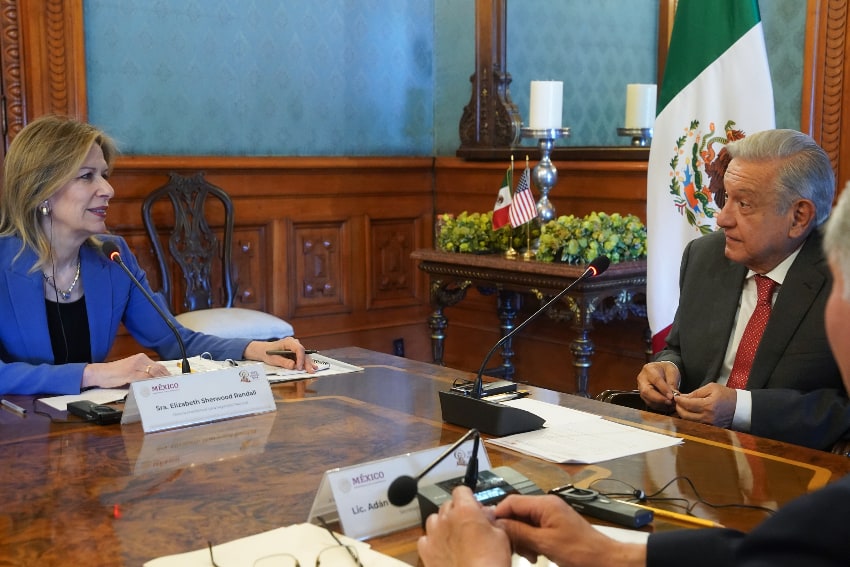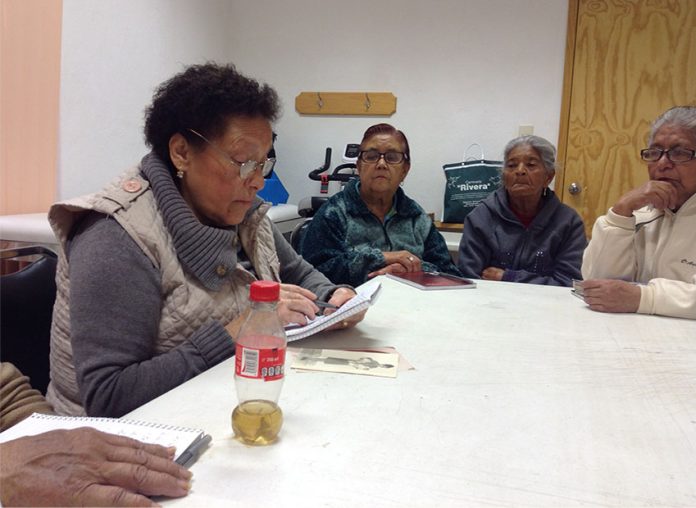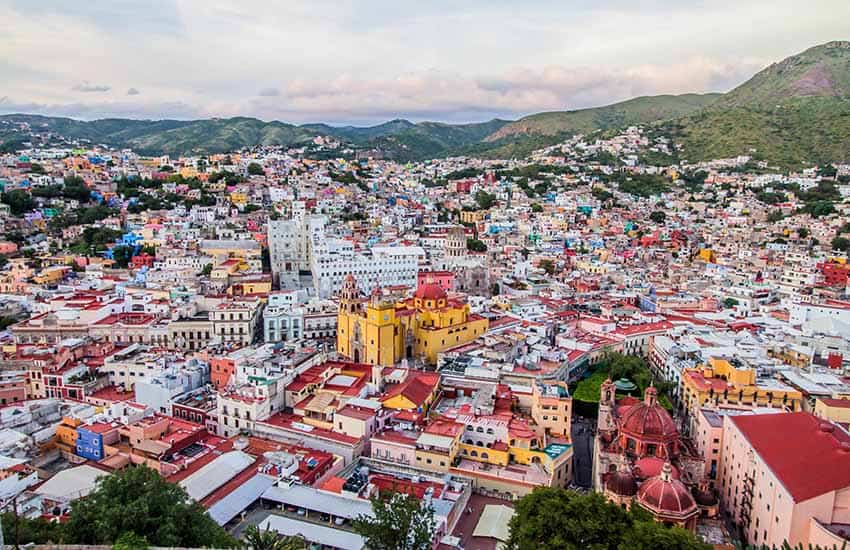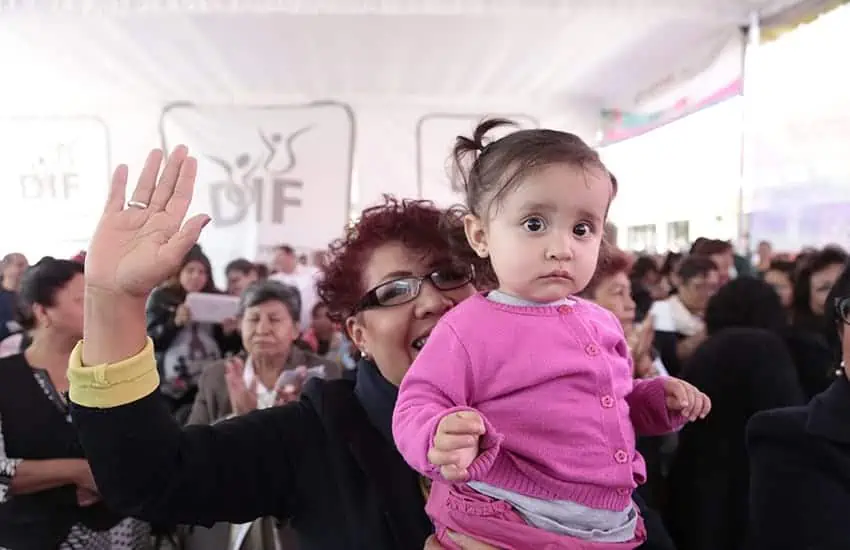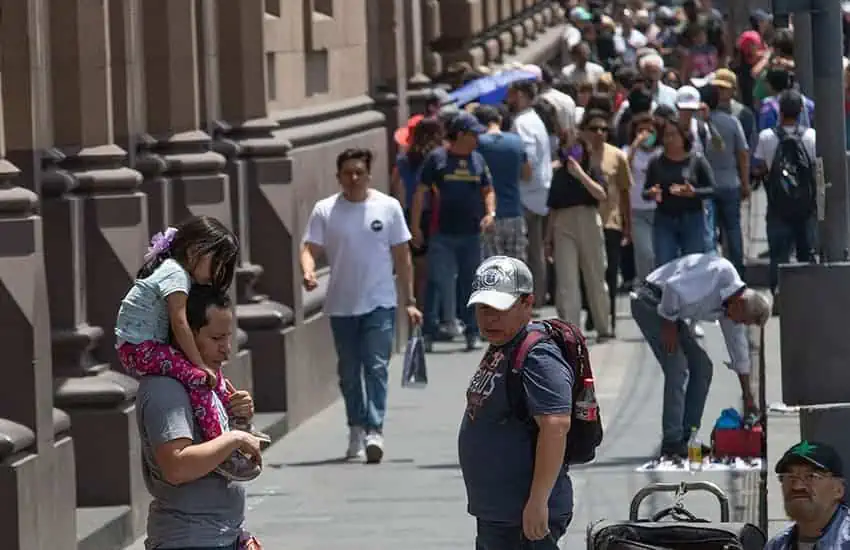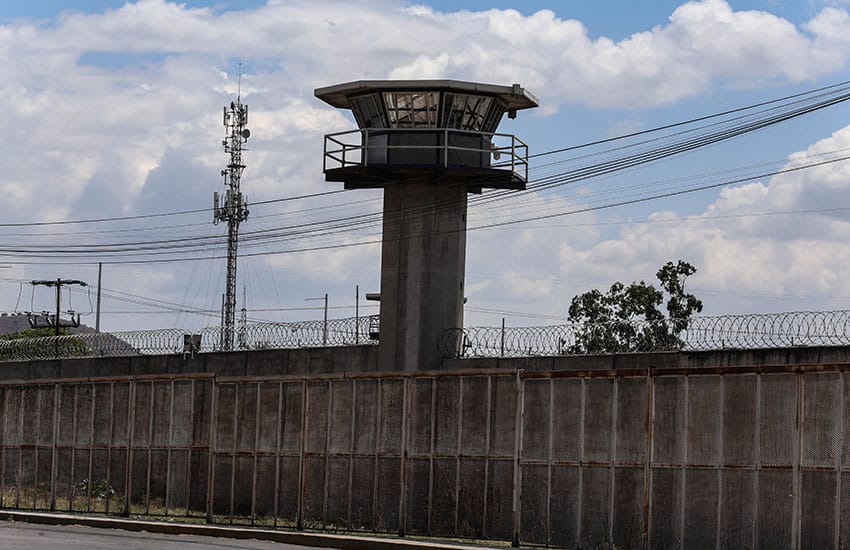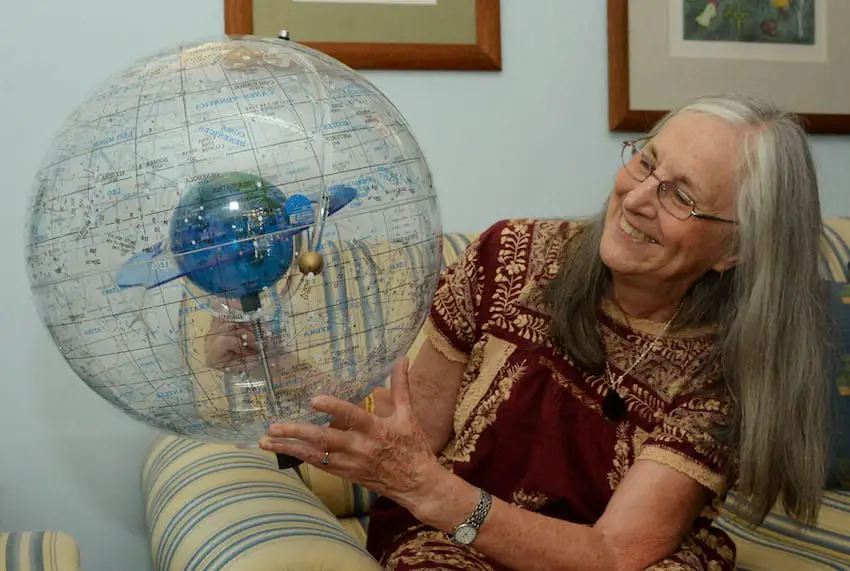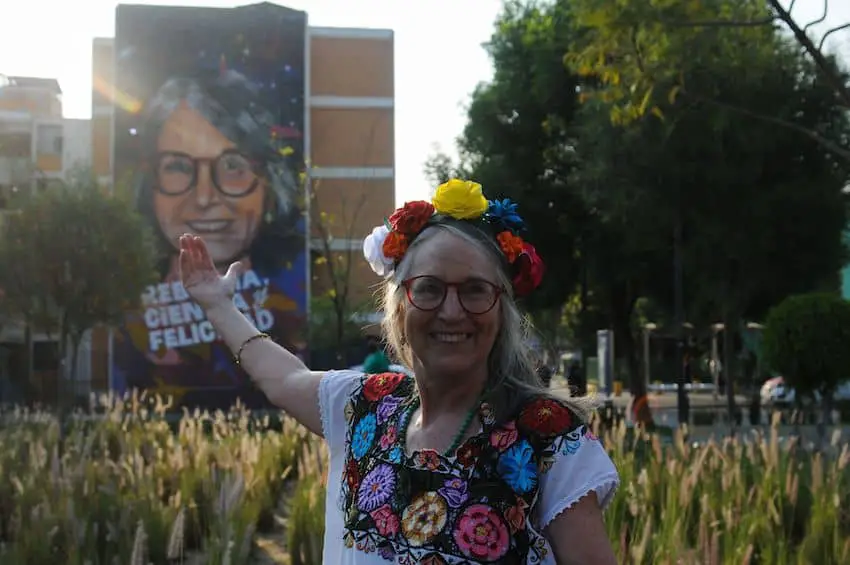What I cannot understand is why banks abroad like Citibank, Santander, put their names on their Mexican acquisitions.
Over the 20 years I have lived in Mexico, I have changed banks frequently; all seem to cause me grief sooner or later, but I never experienced anything like I did recently with Citibanamex.
I opened the account in late 2021 because Santander had been threatening to close my account if I did not sign some paperwork, insisting I had to do so at my “home branch,” located over an hour away. So I withdrew the money and abandoned the account, deciding to go with Citibanamex.
But problems with my new bank began from the get-go. They screwed up my name, which took weeks to fix. I shrugged it off because my husband had had an account there for many years without any problems. It seemed like a fluke.
But my nightmare began last month. I kept my relationship with that account simple, avoiding online banking, which I do not really trust, especially on cell phones. But late on April 19, I saw that my balance was way off.
Of course, my first act was to cancel the debit card, but this proved impossible. I could not do it on my computer without the cell phone-based “Netkey” — a device that allows for two-factor authentication. And when I called the bank, they said my answers to their security questions were “wrong.”
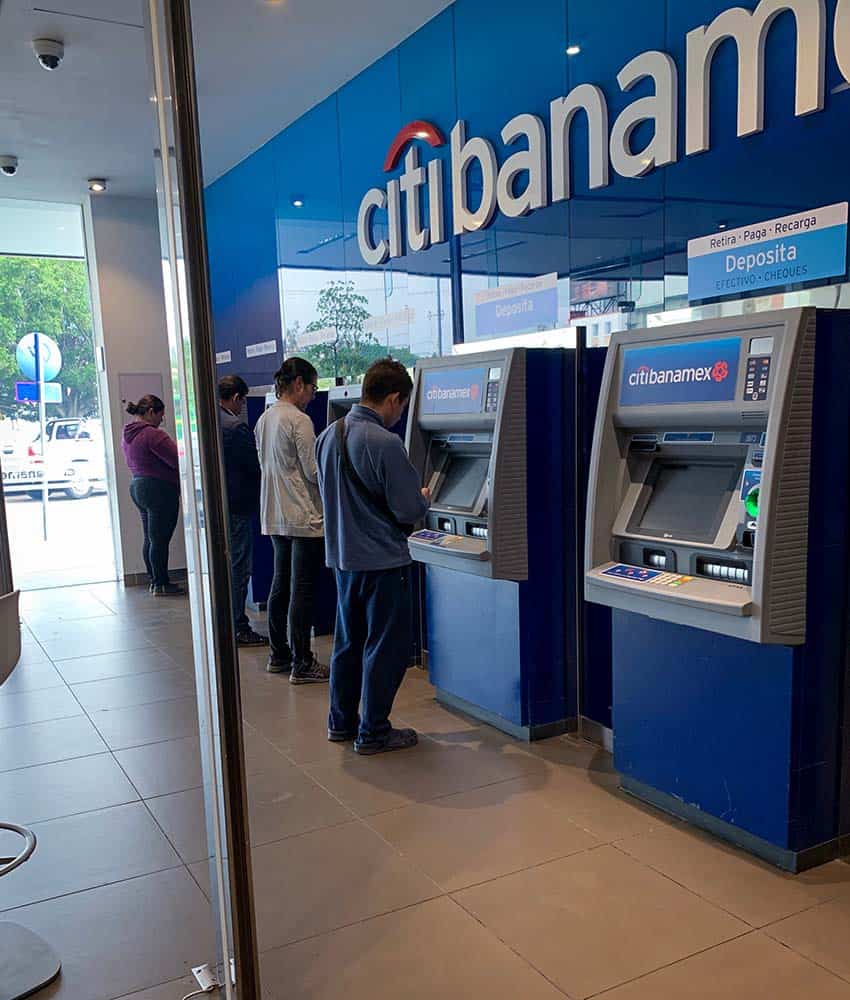
So I went to my home branch first thing the next morning for help. I had a similar problem with Santander some years ago, and to their credit, all it took was one visit to the branch to solve it..
Not so this time. Staff directed me to the phones in the lobby to call the same number I had already called with no luck. I ended up with the same outcome, which resulted in me making a scene.
This led me to poor Corina, who would bear the brunt of my frustration for the next hours — and, yes, days. But at least now a person that I could sit in front of could see that my answers to the security questions were indeed what’s on my documentation.
But this was not helpful, she could not tell the telephone-based representatives who I was, nor could she accept the complaint about my account.
Now, to make a very long and very complicated story short(er), there were basically four issues:
- There were at least a dozen “unrecognized” charges to my account starting on April 17.
- A significant sum was being withheld as “not available” with nothing in any computer system (cell, laptop or branch computer) to indicate why.
- In my opinion, Citibanamex’s overall customer service is atrocious.
- The bank’s computer system is completely messed up, and no representative or app had all the necessary information. During the more than eight days I spent on this problem, numbers and entries changed and appeared and disappeared wildly.

Also, there are no official accommodations for those with hearing and language difficulties, nor any visual option for reporting account issues. While I don’t expect the bank to provide me with English-speaking help, they highly frown on, even prohibit, bringing your own person to help you with the Spanish.
It took multi-hour visits over multiple days just to resolve the security question problem and make my complaint.
During one of these visits, Corina told me that if I did not install the cell phone app, she could not help me further. So I did very reluctantly. Here is when we both saw charges appearing and disappearing in real time, which prompted an immediate replacement of my debit card, which was neither lost or stolen.
But all she could do, supposedly, was cancel my card. So I took out all the money in my account that was available.
After promises of a phone call that did not materialize, I returned to the branch on April 25 to be directed yet again to the phone in the bank lobby. When I finally got through, the guy on the phone said he did not know to whom the payments were made, although I could see this information on my new app.
I persisted and managed to get through it, learning there was one new charge, and the “unavailable funds” were related to charges “in process” for 4 working days. No way to dispute those.

My knight in shining armor came through Condusef (Comisión Nacional para la Protección y Defensa de los Usuarios de Servicios Financieros), the Mexican consumer protection agency for bank account holders.
On the advice of a friend, I went to their complaint page, finding it surprisingly intuitive and easy for a government website. I made two complaints, one for the extra charges and one for the unavailable funds.
After that, things moved quickly: the day after Condusef emailed me to say that they sent the complaints to the bank, the money reappeared in my account — which, of course, I immediately withdrew.
The nightmare is not quite over yet. Online access is still unreliable, so I cannot be sure down to the peso, but if I lost anything, it is a mere fraction of the original amount, and I will close the account after I get the next bank statement.
All this prompted me to look into banking in Mexico in a general way, and I found that the problems are huge. I’m not alone in experiencing bank nightmares, and there are stories far worse than mine.
Mexico’s Condusef (the National Commission for the Protection and Defense of Users of Financial Services), which receives millions of consumer complaints each year, states that the skimming of debit and credit cards is particularly a problem, as are the various scams out there to steal physical cards and personal information.
Spencer McMullen, an attorney with Chapala Law knows about these problems and many others, having represented foreign and Mexican clients against most banks.
“If you haven’t been a victim of a Mexican bank, you eventually will,” McMullen says very pessimistically. He adds that fraudulent access to accounts not only originates at ATMs and points of purchase but also in the banks themselves.
His advice? Don’t have any more money in a Mexican account than you can bear to lose.
Fortunately for me, my story has a more-or-less happy ending. I still have to do a definitive accounting with the upcoming statement and close the account. Having a Mexican account is unavoidable due to my financial situation, but lesson learned: how I work with my new account at Bancomer (the only major bank recommended by the financial publication Forbes México) will be very different.
Leigh Thelmadatter arrived in Mexico over 20 years ago and fell in love with the land and the culture in particular its handcrafts and art. She is the author of Mexican Cartonería: Paper, Paste and Fiesta (Schiffer 2019). Her culture column appears regularly on Mexico News Daily.


